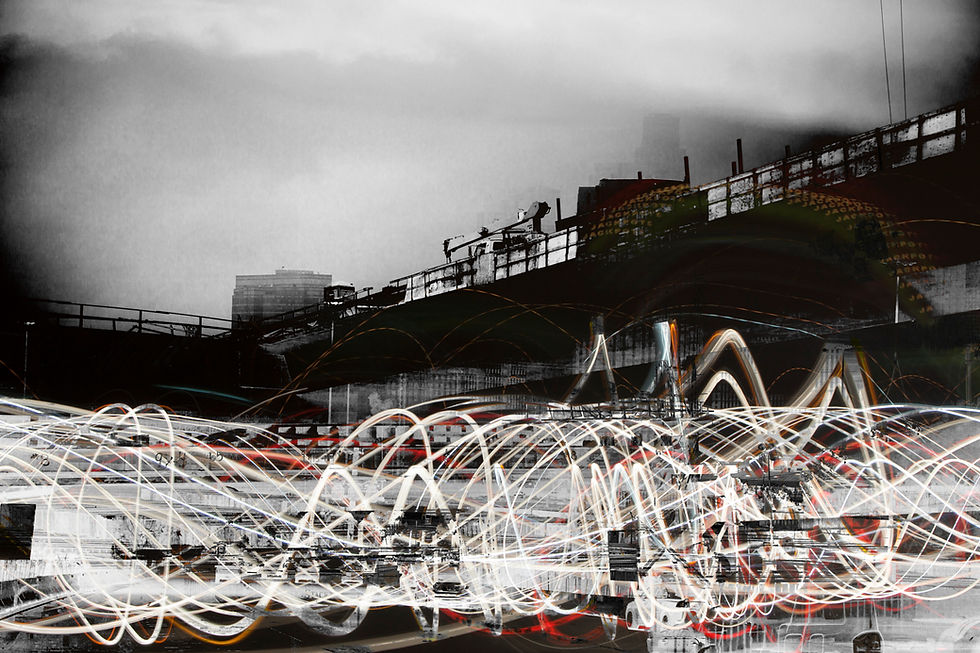I am interested in problem-solving, not solving problems. An ingrained impulse to discover, explore, and invent drives my creative process. The science of art-making fascinates me. I make art not just to produce objects, but also to explore phenomena, whether they occur in the world or in my dreams, as thoughts in my mind or as rocks on the ground.
I am preoccupied by nature, the nature around us and within us, the history we have made and the one we make, a history that is defined not by time, but by energy -- as is nature, and as is art.
My artworks, in all media, offer complex levels of comprehension and aim to provoke a multiplicity of responses. I resist at every turn our tendency to simplify the world by categorizing it into kinds of things, or kinds of art. There are no categories for me, only experiences.
I employ a wide variety of pictorial media. Regardless, I continually work through a process of retaining knowledge and information, producing layers of content spontaneously and then carefully finding the connections between those layers.
In my painting I avoid conscious intention, and instead favor subconscious association. I develop my compositional elements by extracting, articulating, and re-inventing images generated in my initial approach. I freely combine media and modalities – carving, miniature painting, gestural abstraction, etc. – but distinguish between experimenting with process and exploring its limits. For example, working with acid and pigments on different metal surfaces satisfies my need for playful experiment. By contrast, combining different traditional practices and maintaining respect for archival methods reflects my academic training and deep investment in the history of art.
Although my photography also falls into various categories of subject matter and process, I do not photograph with those distinctions in mind. I work with several different sorts of subject matter, some rather obsessively, and I look for parallels between my subjects, regardless of geographical or climatic difference. I shoot straightforward pastoral scenes – beaches, fields of flowers – and also walk through minefields in the former East Germany to capture the subtle tension of a once-tumultuous landscape. I don’t seek to document places or events with my photography, but I am very interested in light and movement, in the drama of the moment.
I also set up elaborate installations for the camera and layer and re-photograph images through a series of projections. I began my "Transluminants" series while undergoing radiation therapy, originally to look at the transparency of form, but the works grew into something more formal and elaborate. My abstract photographs now aspire to the complexity of painting.
In this regard, I still concern myself with the printed aspect of photography, even though I no longer work in the darkroom as I was trained. I print most of my images myself, allowing me to determine the photograph’s existence as an autonomous art object. This completes my experience of photography as a medium.
--Fatemeh Burnes























